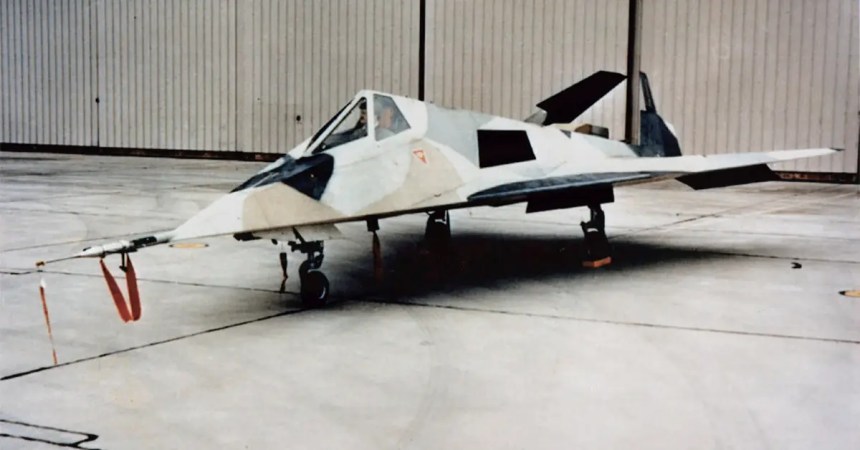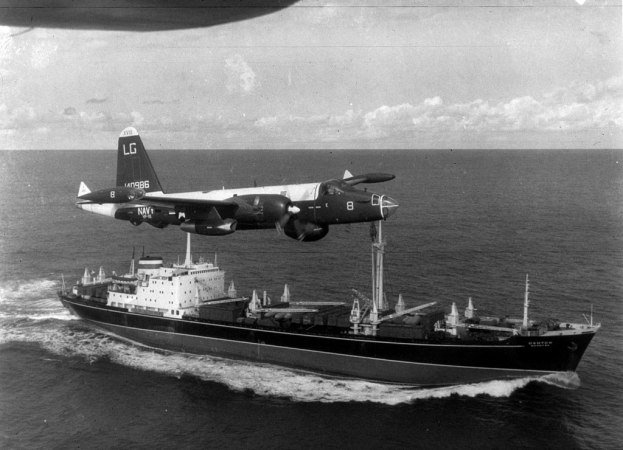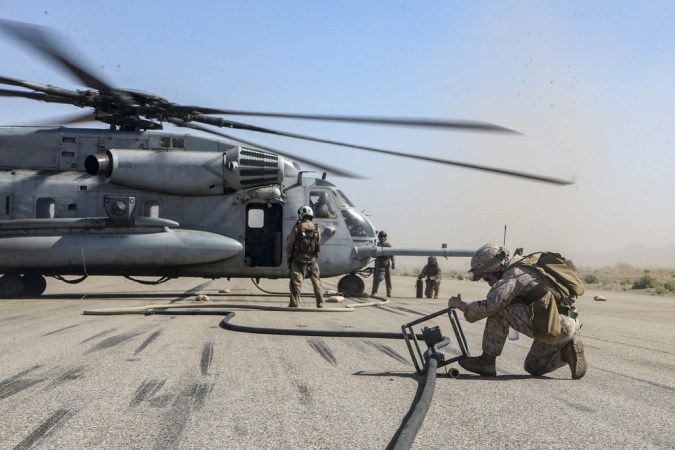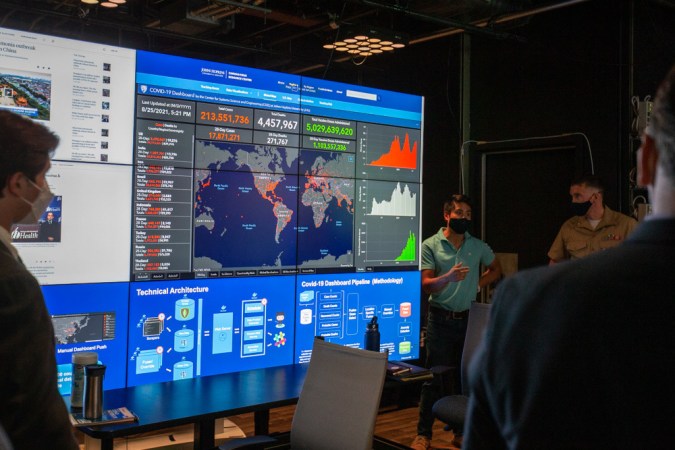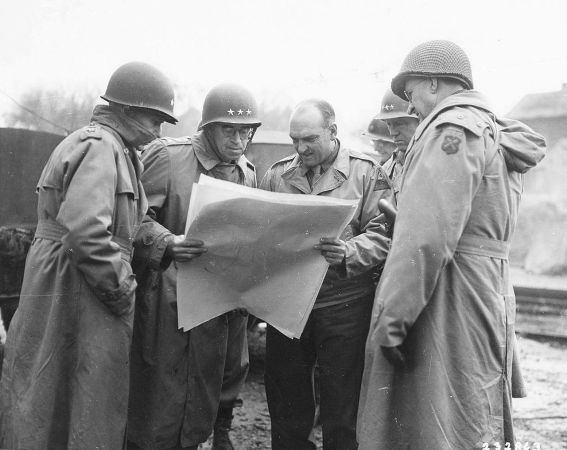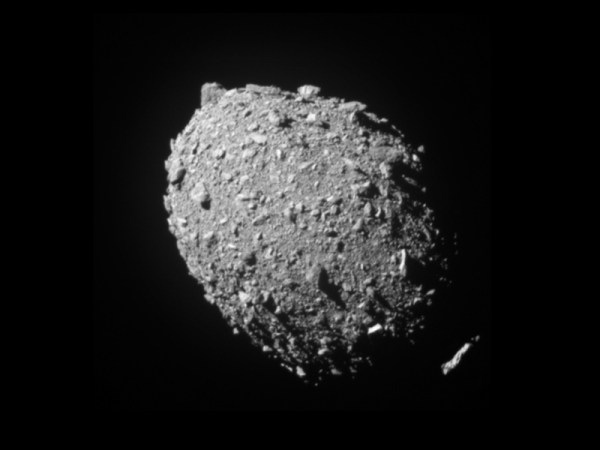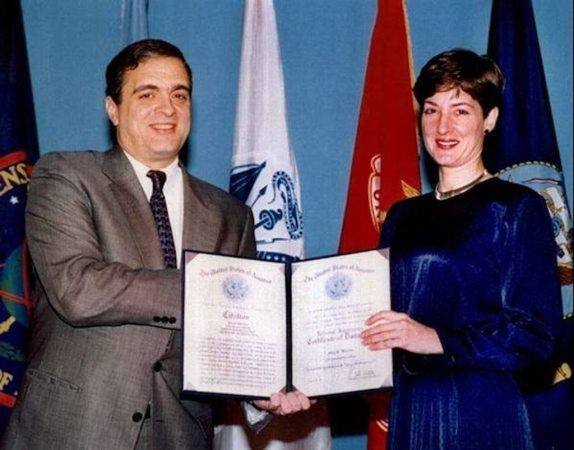America’s military technology advantage has always been part of its successes on the battlefield. Military research offices and DARPA spend every minute of every day trying to make sure the U.S. stays at the front of the technological arms race.
But, if it weren’t for Britain, America may have lost that arms race a few times. During World War II Britain handed over many of its most advanced technologies in the hopes that American companies would produce more copies of them to use against Hitler. After the war, the British have tossed over a few more bones like ceramic armor for tanks.
Here are 5 military technologies that America relies on that were designed “across the pond”
1. Proximity fuses

Proximity fuses use doppler radar or other sensors to determine when a weapon is a certain distance from either its target or the surface. The weapon then blows up. It makes artillery and tank shells more effective against infantry and allows for more sophisticated weapons for anti-tank, anti-aircraft, and anti-ship missions.
America researchers were given British designs and figured out how to make the fuses more rugged. The improved, top-secret fuses were sent to frontline forces with strict instructions to only use them when any unexploded shells would be impossible for the enemy to find. The shells proved their value during fights at Guadalcanal and the Battle of the Bulge.
2. Jet engines

Lockheed Martin pitched the first jet aircraft to the military before Pearl Harbor, but the Army rejected it. Lockheed Martin kept working on their version of the design, but America still got its first jet-powered fighter from Britain. General H. H. Arnold, head of the U.S. Army Air Forces was touring facilities in Britain when he was shown the Brits’ first jet fighter, the Gloster Meteor, which was undergoing its final tests.
He asked for engine designs to be sent to America and they were. A working copy of the engine and the inventor, Royal Air Force officer Frank Whittle, followed and helped General Electric develop the jet engines for the future P-59 fighter aircraft. Lockheed Martin, who was kept in the dark, later created the F-80 from their own jet research.
3. Radar

A single copy of the cavity magnetron, a device that can create short microwaves, was sent to MIT in 1940 after it was delivered by British scientists on the Tizard mission. Overnight, this changed America’s understanding of radar. U.S. researchers had run into a dead end because they couldn’t find a way to produce short-enough energy waves.
The magnetron was the breakthrough they had been searching for, and MIT built the Radiation Laboratory to study the device and build new radar systems with the design. The new radar systems allowed planes to hunt down German submarines in the Atlantic, saving Allied convoys and allowing the U.S. to deliver men and equipment to the European theater.
4. Nuclear technology

That’s right. America’s most powerful weapons were made with Britain’s help. Nuclear fission was discovered in 1939 and scientists in both Britain and America recognized the possibility of a uranium bomb. But American scientists working before and during the war initially thought that isolating the necessary isotopes would either be impossible or impossibly expensive.
The Maud Committee in England disagreed and sent their research to America. After high-level meetings between national leaders, Britain and America agreed to work together with Canada to create the bombs. Britain had the science, Canada had the uranium, and America had the machines and money.
5. Chobham Armor

When the Army was deciding how the XM-1 tank would protect itself from Soviet anti-tank missiles and rounds, the British offered the U.S. their Chobham armor, a sandwich of steel and other metals that disrupt the movement of a projectile attempting to punch through it.
A modified version of Chobham armor was selected for what would become the M1 Abrams main battle tank. Chobham armor was also used in the British Challenger tank. Both armies got to prove the wisdom of ceramic armor in Desert Storm when Abrams and Challenger tanks were able to shrug off dozens of hits from RPGs and Iraqi tank guns.



